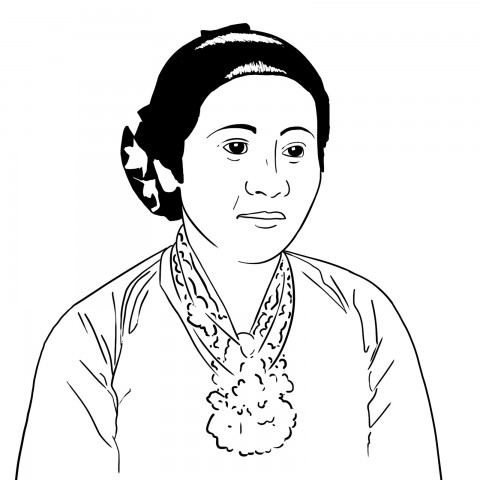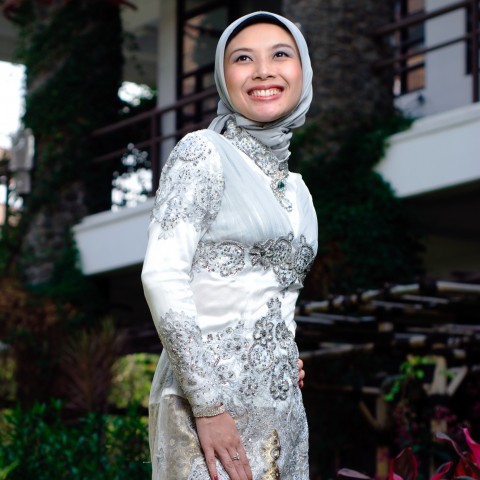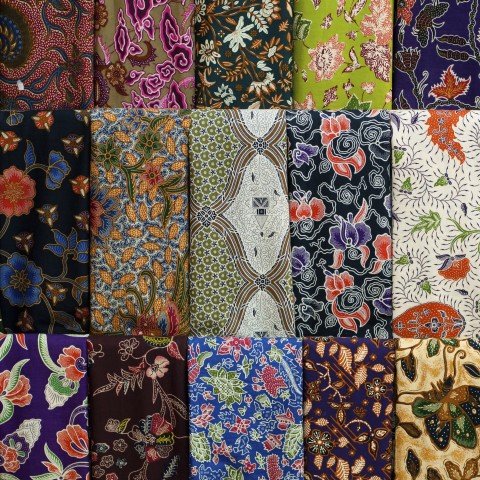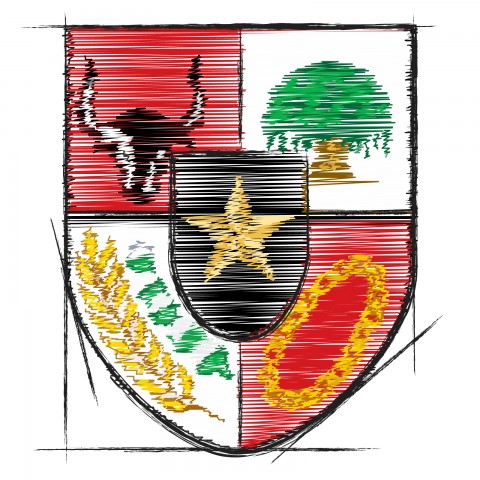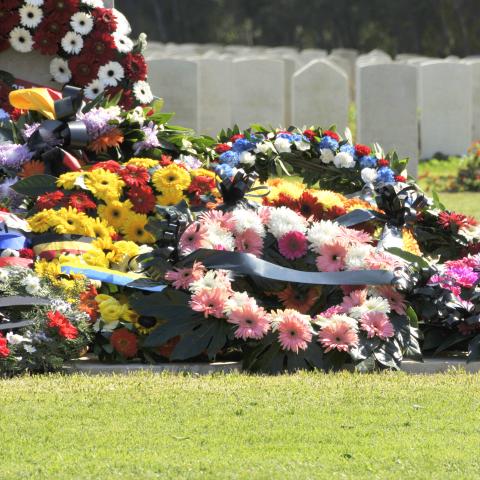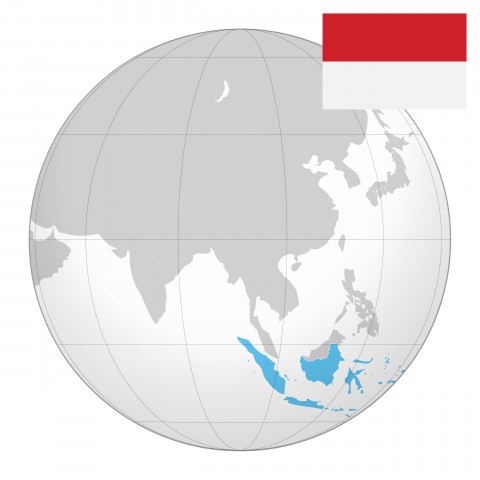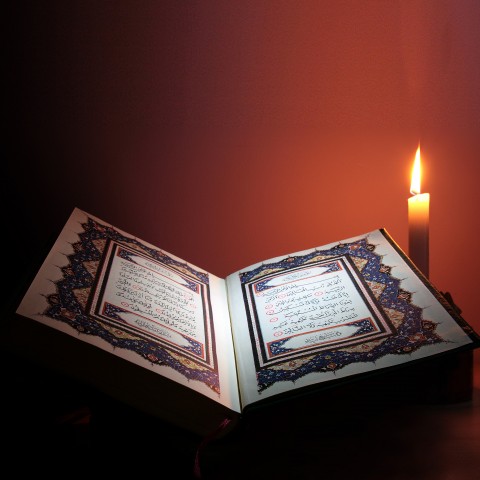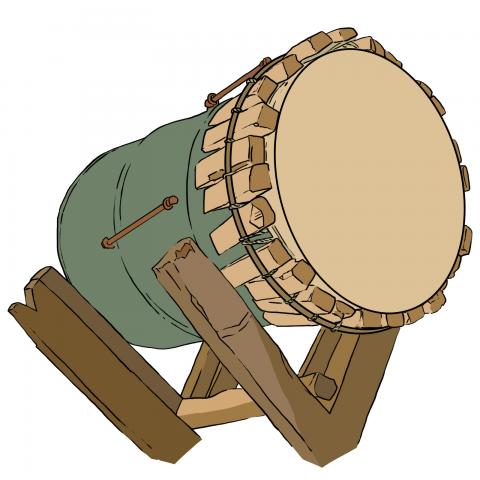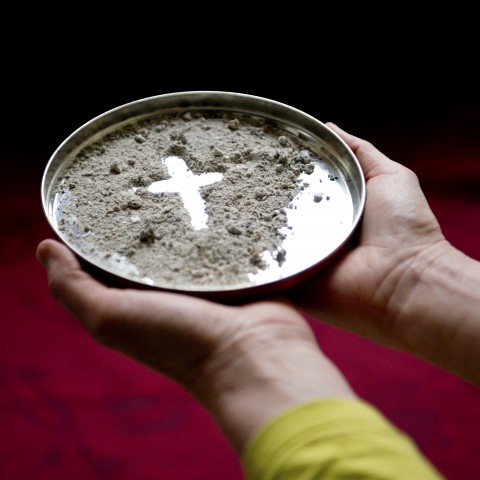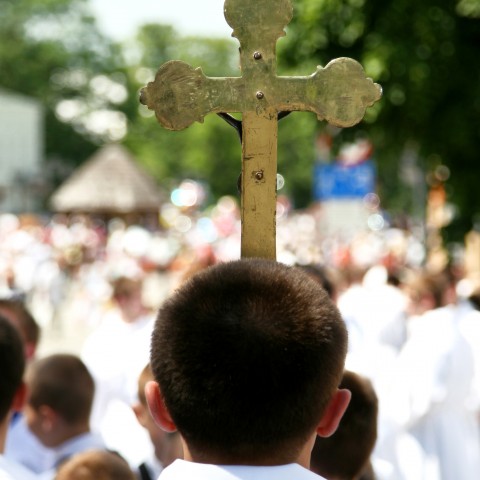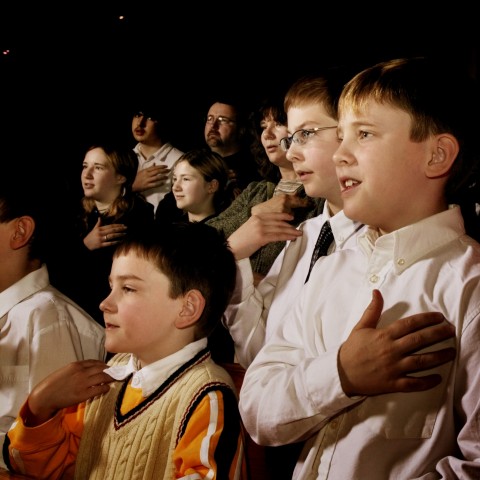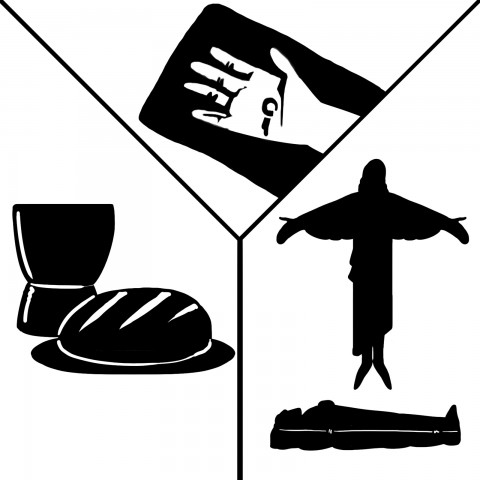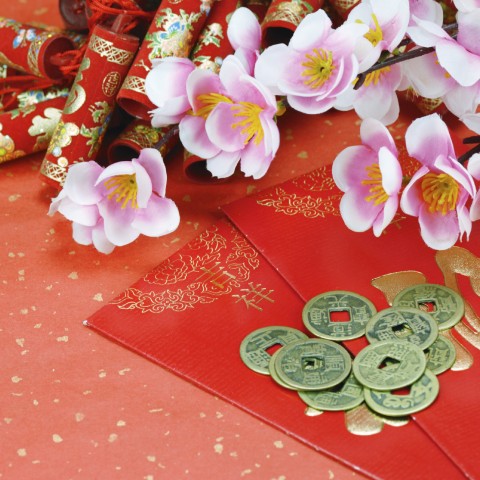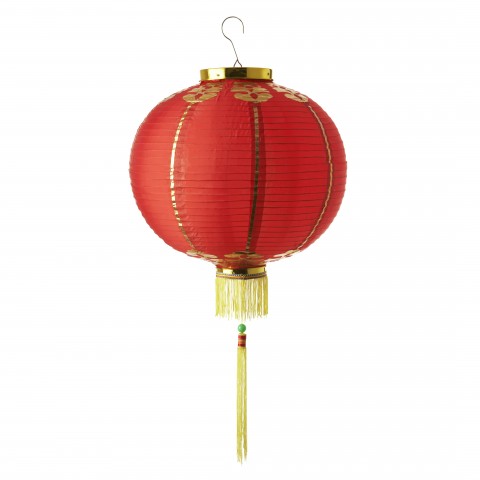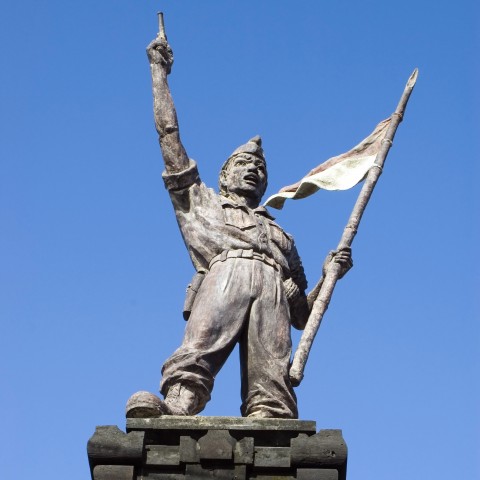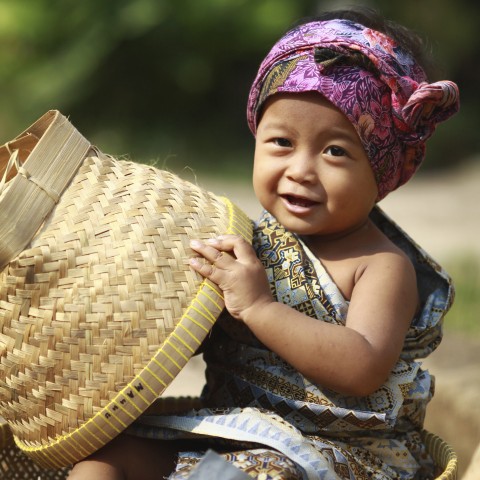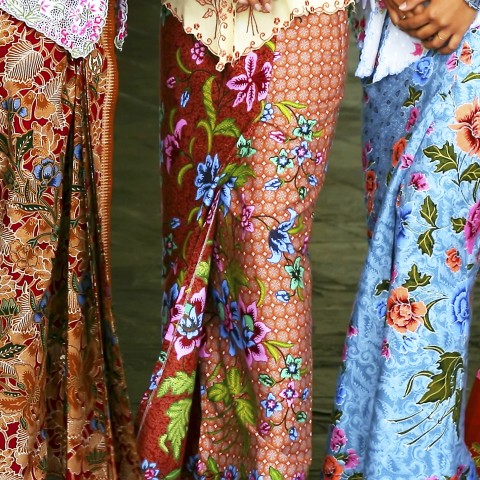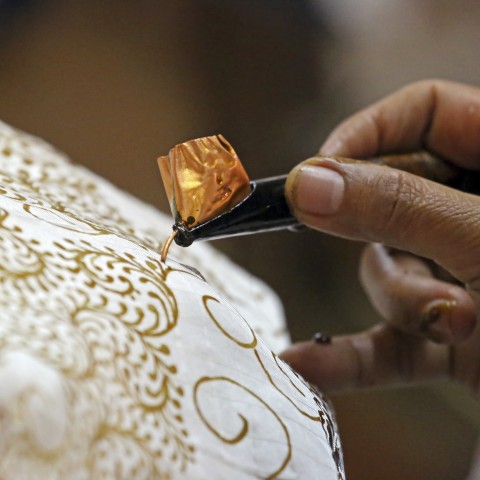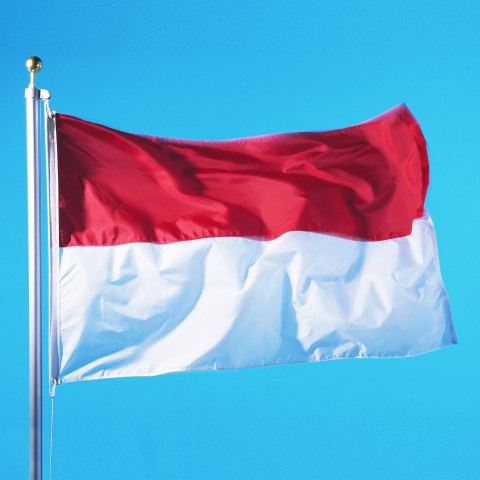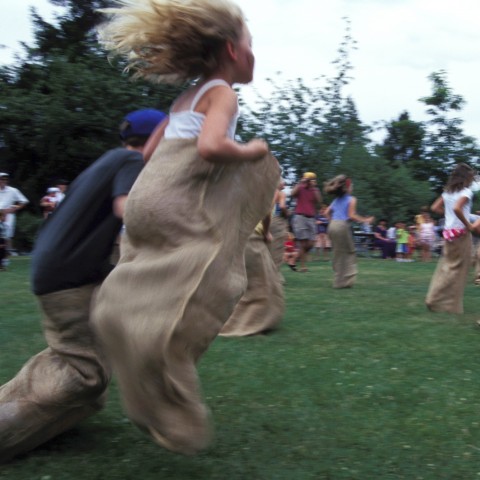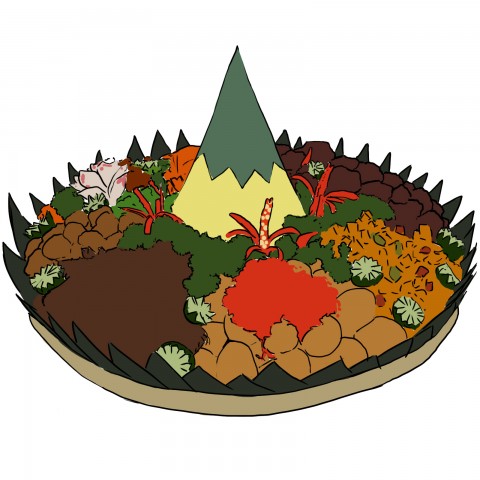
Anybody who’s visited Indonesia knows that the country is big on culture.
From traditional handicrafts and performances to pariwisata budaya (“cultural tourism”), Indonesians enjoy sharing their culture with a world that’s usually all too eager to overlook its multicolored facets.
How well do you know Indonesian culture? If your answer is “not at all,” this lesson is for you.
 Table of Contents
Table of Contents
- Values and Beliefs
- Philosophies and Religions
- The Indonesian Family
- Indonesian Art
- Indonesian Food
- Traditional Holidays
- Conclusion
1. Values and Beliefs
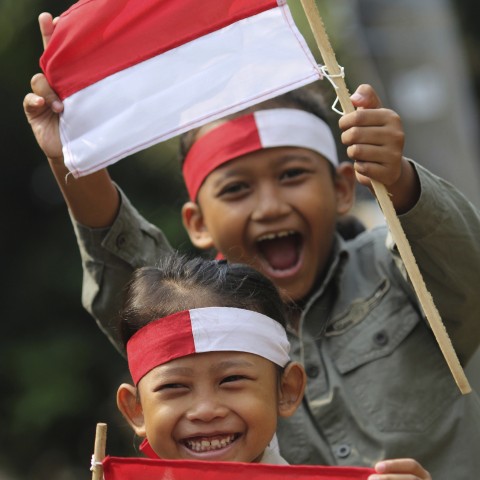
“Unity in Diversity.”
That’s the English translation of the old Javanese phrase Bhinneka Tunggal Ika, the official motto of the Republic of Indonesia.
Literally translated, that phrase means “[From] many, remains one.”
Indonesia is a young country, having just achieved its independence from Japan (and later the Netherlands) in the mid-twentieth century. The popular historical narrative is that Sukarno (like many Indonesians, he has only one name) and his government unified the country and stoked the fires of nationalism for the benefit of everyone.
How, though, does one unify a country with hundreds of millions of people across tens of thousands of islands?
Sukarno was working with roughly the same borders that were established in colonial times, when British-held Malaysia was separated from Dutch-held Indonesia. These borders stretched from the island of Aceh in the east all the way across Java, Sumatra, Bali, Kalimantan, and Sulawesi, reaching Papua.
Throughout Indonesia, cultural diversity is fairly prominent and lends the country much of its richness. Today, different islands do have different dominant cultures, but the country is still remarkably unified despite the occasional separatist movement.
This is possible through a culture of tolerance and santai (“relaxation”), where most Indonesians believe it’s not their prerogative to look too closely into the affairs of others. Although there are differences in ideologies that spring up, Indonesians tend to allow people to believe and practice as they wish.
To that end, and also because Indonesia is still a developing country, there is a lot of individual freedom and an assumption that people will generally follow the rules. Although there exists policing and bureaucracy, the streets are hardly patrolled and informal arrangements (distinct from bribes!) keep people happy when dealing with each other.
- → If you’re interested in learning more about Indonesian culture and society, you can study our Introduction to Indonesian Society lesson!
2. Philosophies and Religions
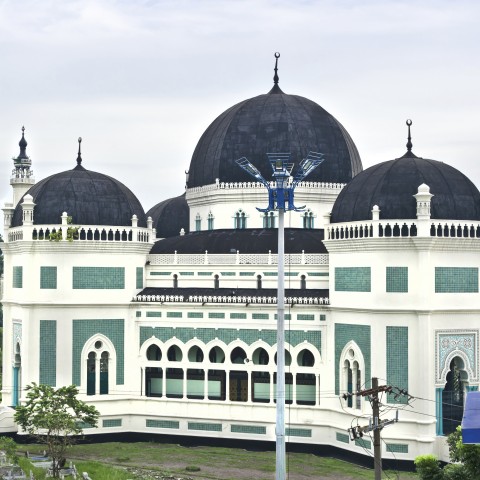
A huge chunk of understanding Indonesian culture rests in learning about the country’s approach to religion.
It’s impossible to discuss religion in Indonesia without mentioning more history. Traders from Africa and the Middle East knew the Malay Archipelago as a land rich in spices and tropical crops, and they brought with them the religion of Islam.
Today, Islam is by far the dominant religion nationwide, with hundreds of millions of devout followers.
Most restaurants are halal by default, and it’s impossible to avoid the beautiful cry of the azan (“prayer call”) five times a day. Women tend to cover their hair with hijabs or jilbab, a garment typical of Indonesian Islam that reaches down to the midriff.
Although it may be surprising based on the population numbers, the government recognizes several religions as official. In Bali, for instance, Hinduism is much more prominant than Islam, and most people there worship at traditional temples. In addition to Islam and Hinduism, the other official religions are Christianity, Buddhism, and Confucianism.
Judaism is considered a foreign curiosity, and atheism is neither widespread nor particularly liked. Atheist travelers to Indonesia can avoid uncomfortable comments if they “adopt” one of the official religions if asked about it.
These religions really do co-exist in a very visible way. In Yogyakarta, a predominantly Muslim area in Central Java, there are Christian and Islamic universities literally across the street from one another, and tourists flock an hour or two away from the city to visit Hindu temples at Borobudur.
3. The Indonesian Family
You can’t discuss culture without touching on notions of family, no matter where you are in the world. This is an area where Indonesian culture and traditions really shine through—even into the language itself!
Indonesians tend to have relatively large families. For example, three or four children may be living with their parents and a few members of their extended family. They don’t tend to move that far from home, though the economic draw of big cities has made it quite tempting to do just that. Generally, though, in today’s Indonesia you meet people who live in the same general area that their grandparents did.
Indonesian people believe in a collective family concept. This means that your actions, whether good or bad, reflect on your family. A deadbeat dropout is going to bring shame to their brothers, sisters, and cousins, while a fresh graduate in a technical field is going to be the pride of all the family members.
The closeness of the family is even noticeable in the Indonesian language! It’s correct and good Indonesian to address strangers as Bu (“mother”), Pak (“father”), Mas (“brother”), Kak (“sister”), and more. Listen closely in stores and restaurants and you’ll hear Indonesians saying these family member terms constantly, even to learners like yourself!
4. Indonesian Art
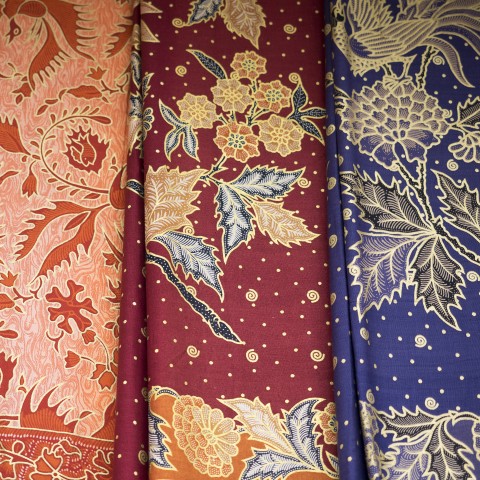
Unfortunately, Indonesian art has not been recognized on the world stage nearly as much as it should be. Beyond tourists bringing back the occasional souvenir from Bali, most people would be hard-pressed to name a single Indonesian actor, singer, painter, or poet.
This is all the more shameful because Indonesians love their own art.
Traditional shows such as wayang (“shadow puppet”) operas can last for hours and bring huge crowds of spectators, and any Indonesian university student has had the chance to attend a traditional gamelan class where gongs and bells are played in a choir.
Handicrafts such as batik fabric are visible throughout the archipelago as well. Batik is a method of coloring cloth by painting elaborate designs with hot wax before dyeing the cloth in such a way that the wax protects the designs. Many shops specialize purely in batik designs, boasting two or three floors of batik shopping space! Indonesians even have a special holiday dedicated to displaying batik designs through fashion shows and parades.
If you ever get the chance to hang out in a city with a large population of young adults, you’ll definitely see someone break out the guitar at some point. Indonesians love music, and even though they prefer to sing American pop hits nowadays, Indonesian artists of all types exist and thrive.
There’s even a special genre of pounding dance music called dangdut, similar to trance or Mexican banda music. This type of music is ubiquitous in smaller restaurants and shops.
5. Indonesian Food
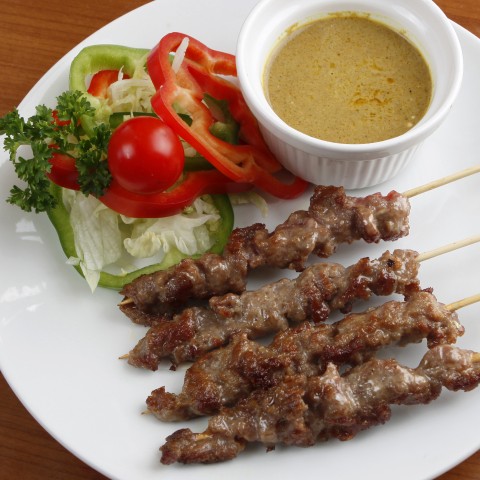
Indonesian culture and food go hand in hand. We’re actually coming out with an article specifically about this topic, so we won’t reveal too much here.
Indonesian food can be characterized as manis, gurih, pedas, and goreng—sweet, savory, spicy, and fried.
Street food is everywhere, especially at night. You’ll find fried bananas (pisang goreng), barbecue skewers (sate), filled thick pancakes (martabak manis), and even a type of savory tapioca ball in spicy peanut sauce known as cilok.
Thanks to Indonesia’s embrace of internationalism, it’s easy to find good food from all around the world.
Chinese immigrants to Indonesia centuries ago laid the groundwork for a particular type of Chinese-Indonesian fusion food stemming from the southern provinces of Canton and Hokkien. It’s sweet, but without the thick sauces found in Chinese restaurants in the United States or Europe.
In the malls and shopping centers, you’ll easily find upscale restaurants serving Thai, Korean, and Japanese food, plus of course European and American food. Unfortunately for world cuisine lovers, outside of the biggest cities it’s nearly impossible to find foreign restaurants actually run by foreigners.
Food in restaurants is usually eaten with utensils, rarely with chopsticks or with the hands. Generally, each person orders their own plate for the meal instead of eating family-style.
- → Make sure you check out our vocabulary list titled What’s Your Favorite Indonesian Food? to learn the names of more popular food items!
6. Traditional Holidays
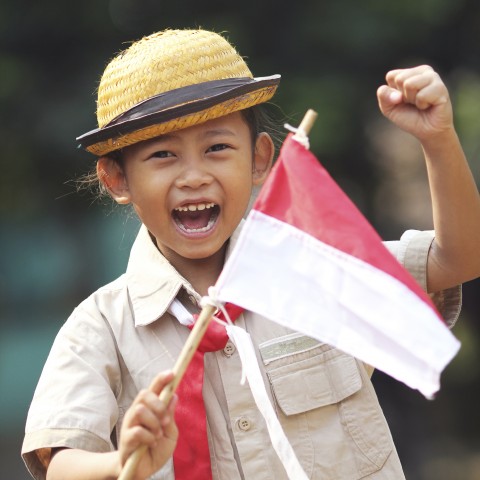
The two biggest holidays each year are New Year’s Day on January 1 and Indonesian Independence Day on August 17, during which public businesses are closed and anybody with fireworks sets them off.
Independence Day, or Hari Kemerdekaan, is observed with a flag celebration in the morning and traditional games all day for children and adults alike. Indonesians tend to be fairly patriotic, and as August 17 approaches, the red-and-white flags come out in greater and greater numbers.
Of course, the holiday that can’t be ignored is Ramadan, the annual holy month of the Islamic calendar. Since it doesn’t follow the “standard” calendar exactly, Ramadan is on a slightly different date every year.
During this month, it is forbidden for Muslims to eat or drink at all during the hours from sunrise to sunset. In comparison to normal days, you hear significantly more prayer calls and see a lot more social activity in the evenings. The fasting is a little easier for Muslims in Indonesia since the country is located at the equator, meaning days only last about twelve hours no matter what time of year it is!
7. Conclusion
If this page got you even more interested in Indonesian culture, you’ve come to the right website.
Learning Indonesian with IndonesianPod101 is an excellent way to get exposed to Indonesian culture. We provide cultural notes in each podcast episode as well as special culture-related articles on our blog.
Culture, after all, is really just what any group of people have collectively agreed upon as “normal.” By slowly immersing yourself into real-life Indonesian, you’ll get more and more used to what Indonesians think, say, and feel over time.
Mastering the Indonesian language is one thing, but using it in a culturally correct way is a whole other step. As you learn Indonesian, make sure to do so using a holistic, well-rounded platform like IndonesianPod101.com.
How does the culture of Indonesia compare with your country’s culture? Let us know in the comments!












